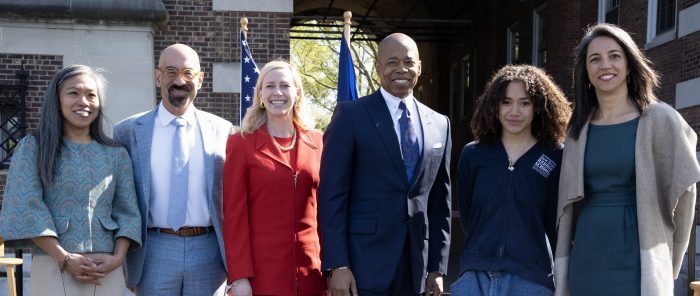Port Jefferson village residents will go to the polls this Tuesday, June 20, to select their new mayor, and endorse uncontested seats for two trustees and village justice.
Voting in a local election is a sacred act, empowering everyday citizens to shape the complexion of their community. Elections remind those in power that they are subordinate to the sovereign public. We encourage all to exercise their vote, making their presence felt and their voices heard at the ballot box.
But after Tuesday, the work remains unfinished. Elections are merely the starting point, not the destination.
In the coming term, the village board of trustees will enact laws and advance projects. Only after a long interim period will the voters have another bite at the apple. How many transformations may soon take place in the days between elections?
Money and influence can go a long way. Powerful, wealthy actors often use their clout for influence.
And yet, in the face of much uncertainty, there is one vital institution to safeguard the voting public. It is the interest group of and for the people: the Port Jefferson Civic Association.
Less than a year ago, villagers resurrected the civic association after over a decade in dormancy. Its members rose in opposition to a perceived lack of public input on pressing local matters.
In a short time, the civic has made substantial contributions on behalf of residents.
Its members successfully resisted the village board’s unilateral decision to extend the terms of service for village offices. The civic opened important communications channels around Maryhaven Center of Hope and future density. It even fought for and helped form a tree committee, among several other initiatives.
PJCA is setting the tone for what stable democracy looks like. The organization is giving a welcome voice to the people, and their government is now listening.
Regardless of Tuesday’s outcome, we believe the village is on the right track. A vibrant civic culture is blossoming before our eyes. We are confident PJCA will remain a forceful check on power, advancing resident interests fearlessly between Tuesday and the next election.
The moment is ripe for the people to take charge of their democracy. On Tuesday, we ask that you vote. On Wednesday and thereafter, we ask that you get in touch with your new mayor, village trustees and civic association in order to stay engaged in the political process.
This community belongs to the people.














